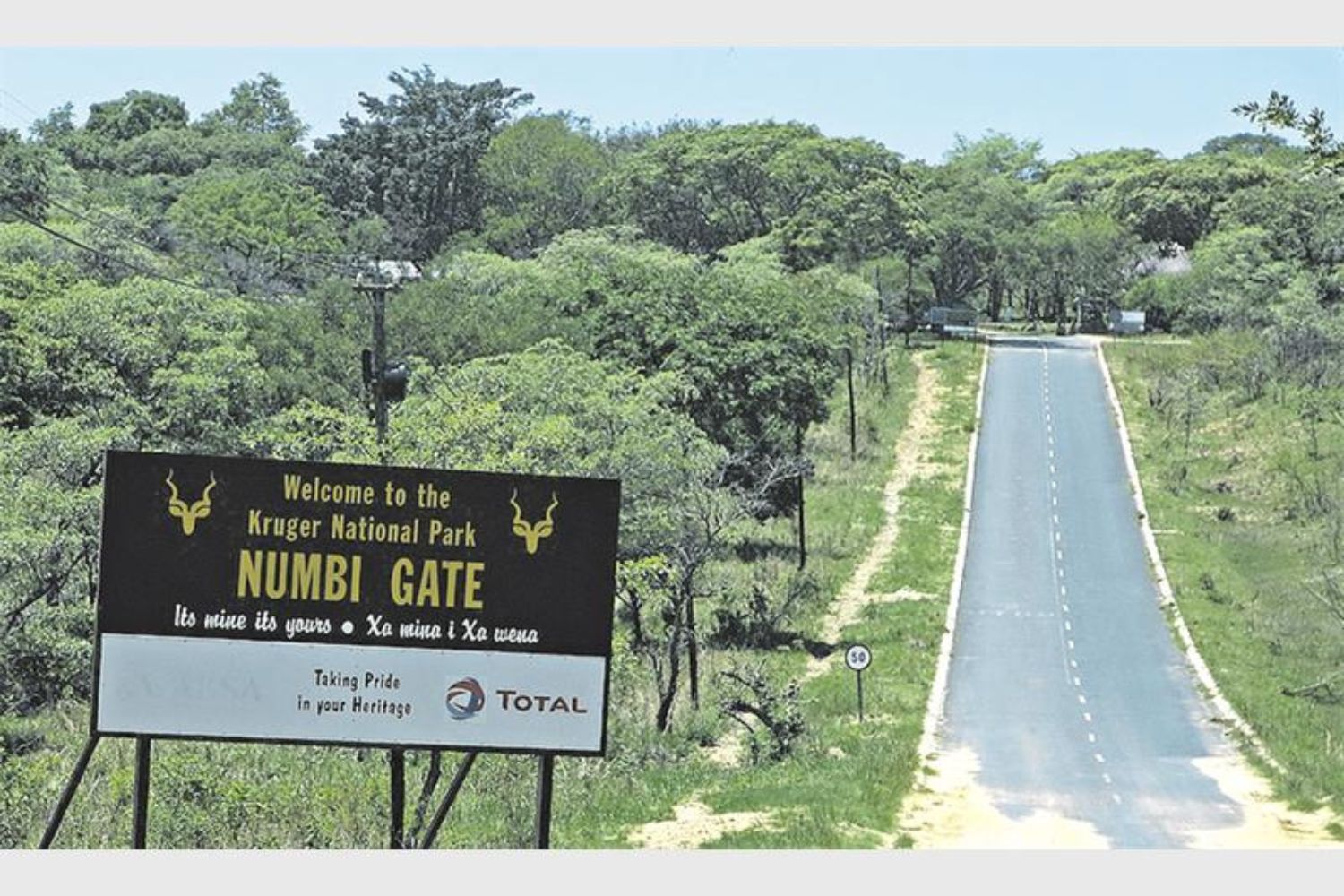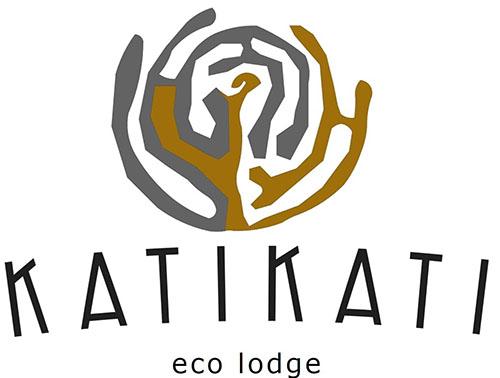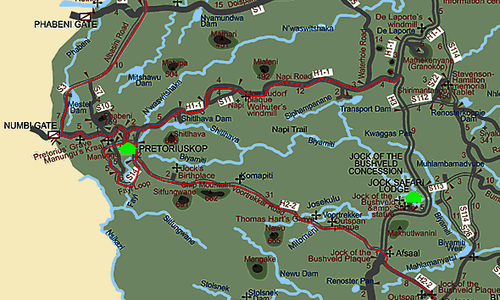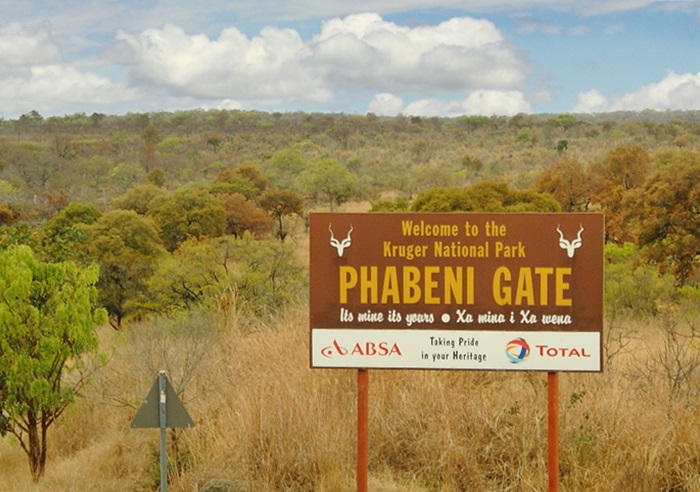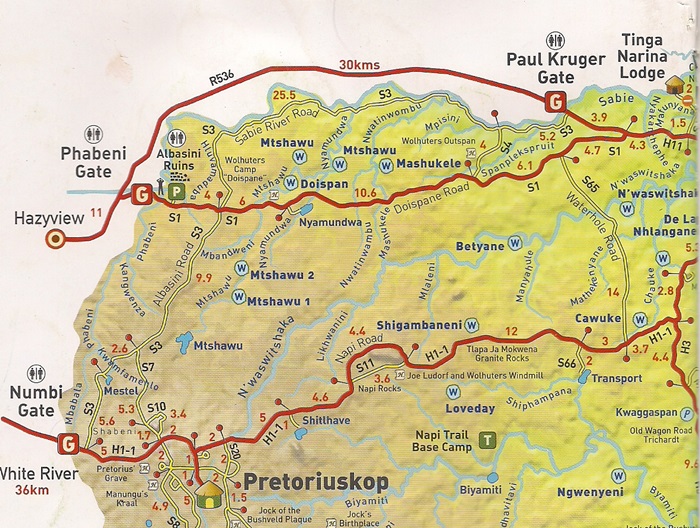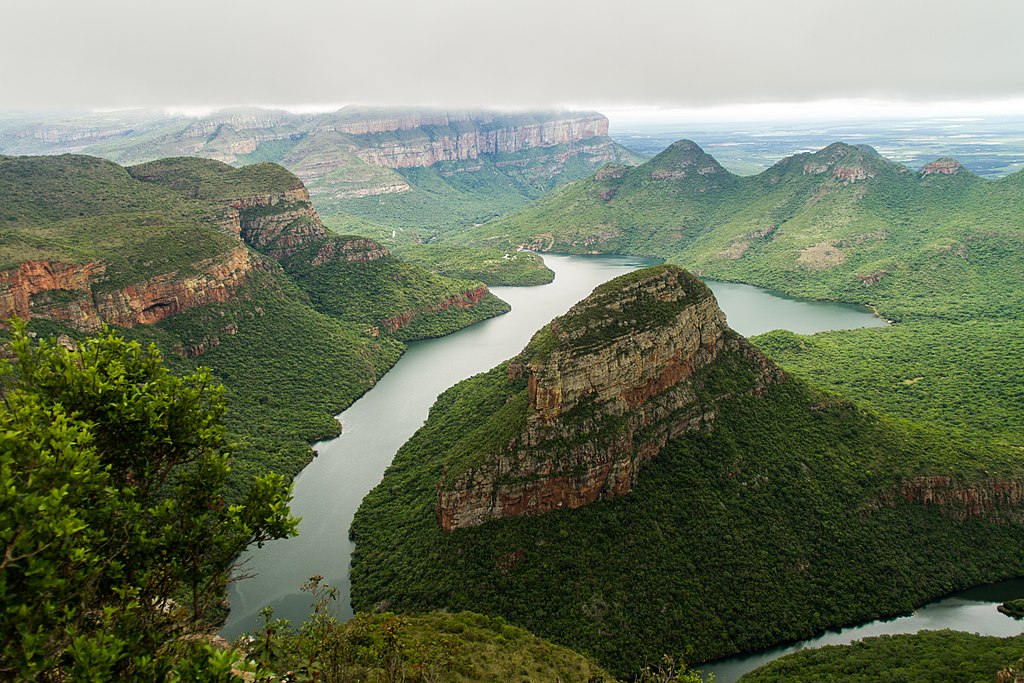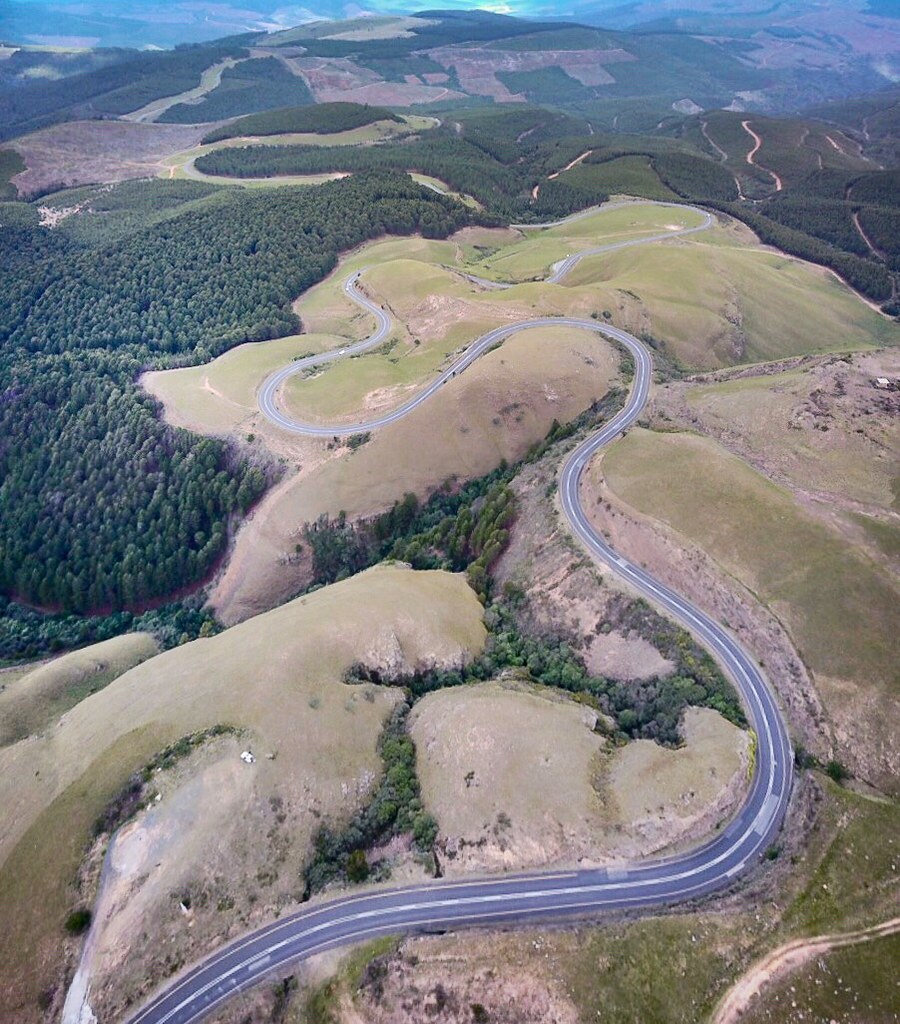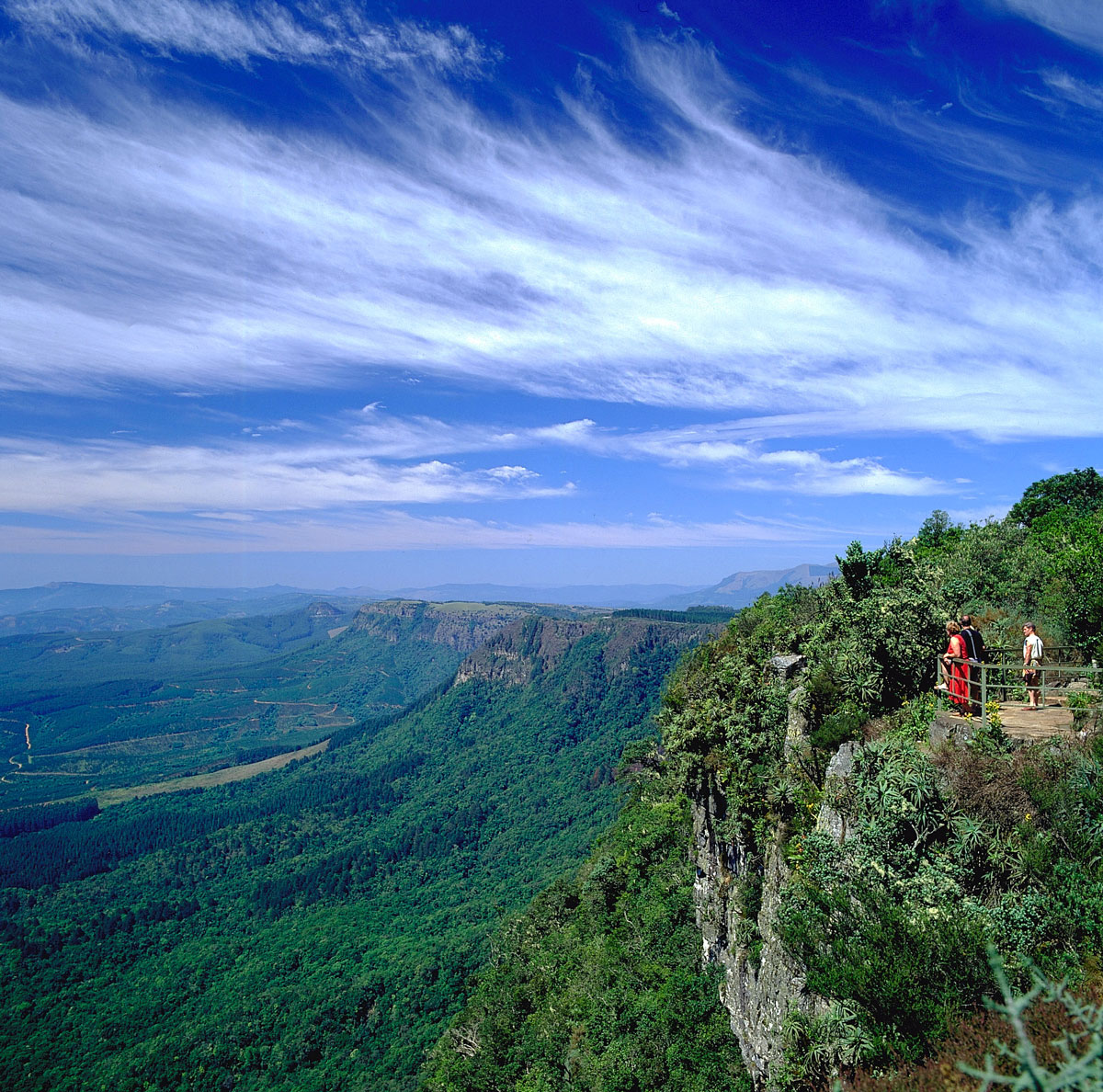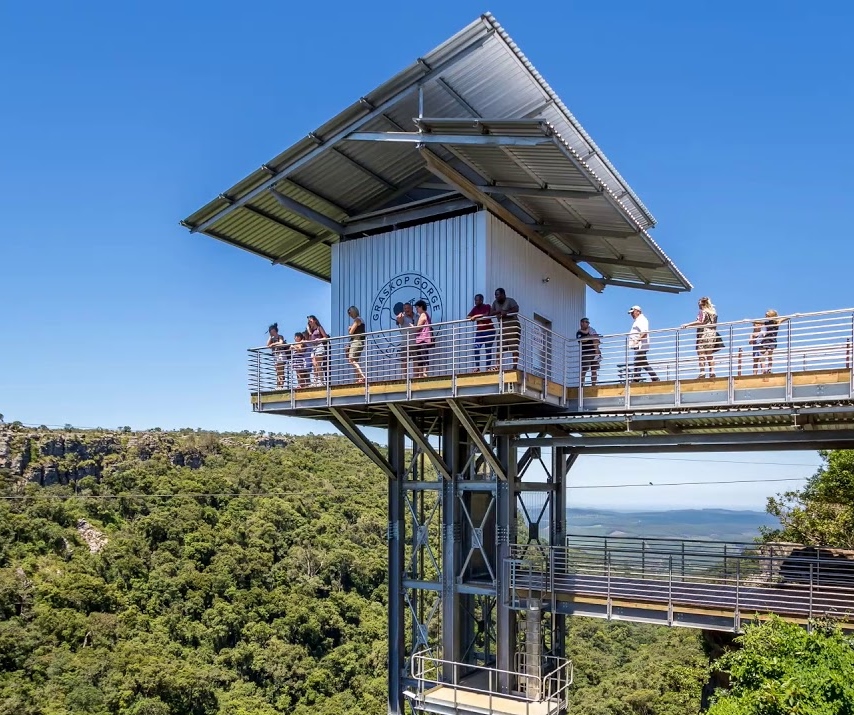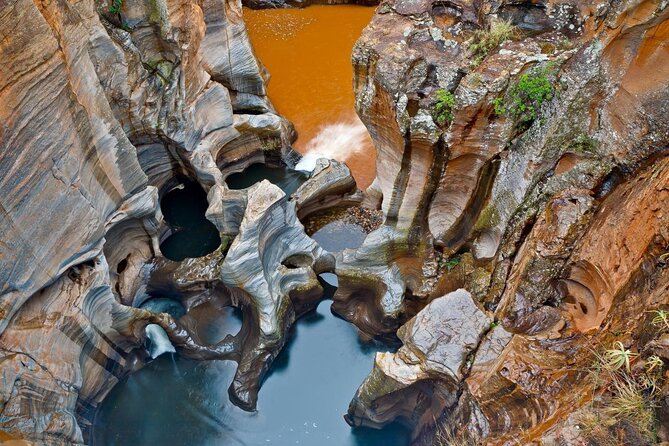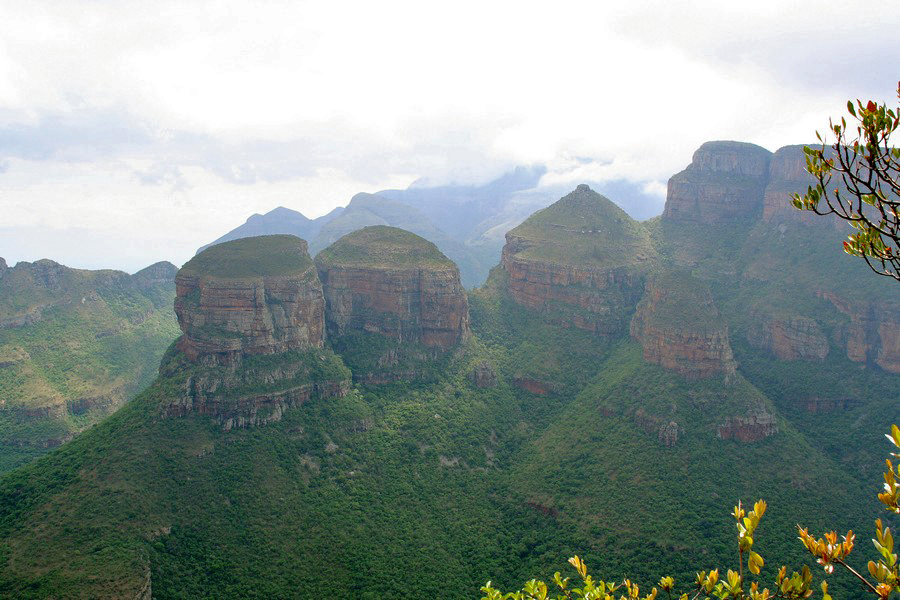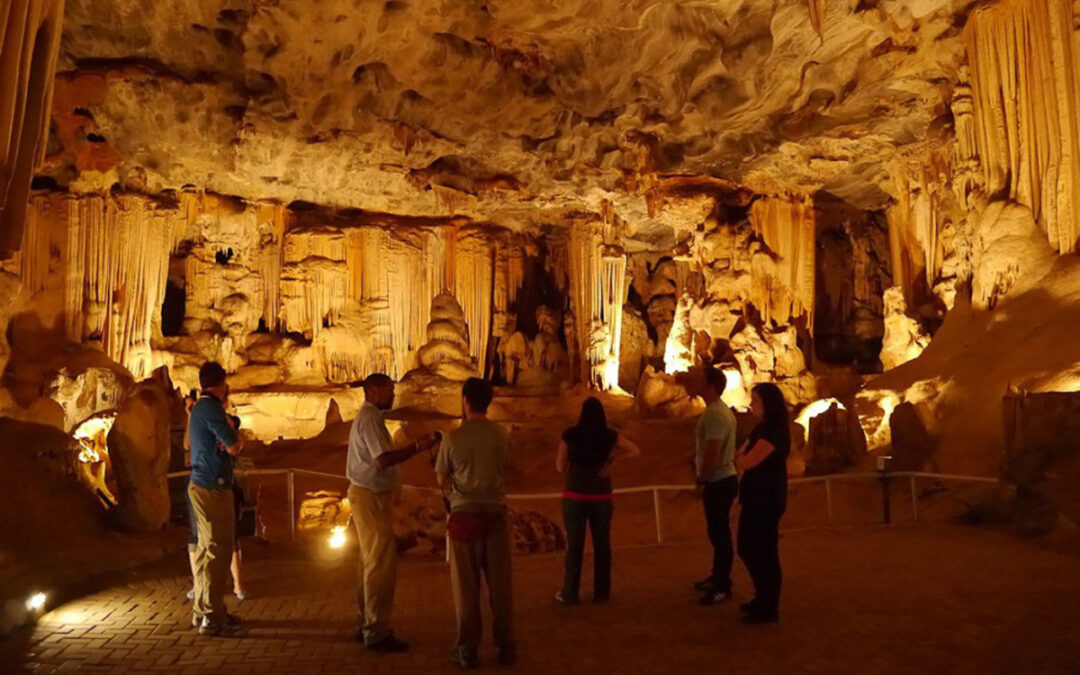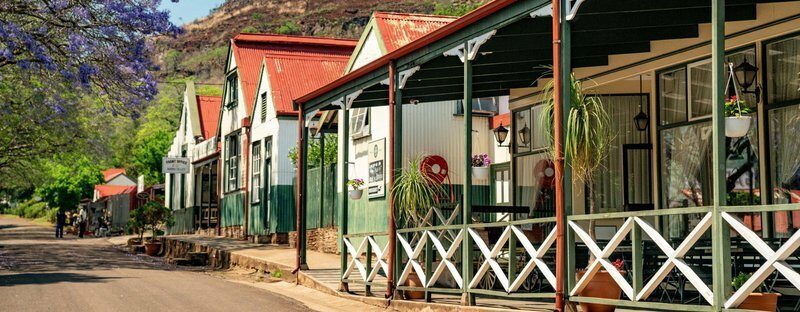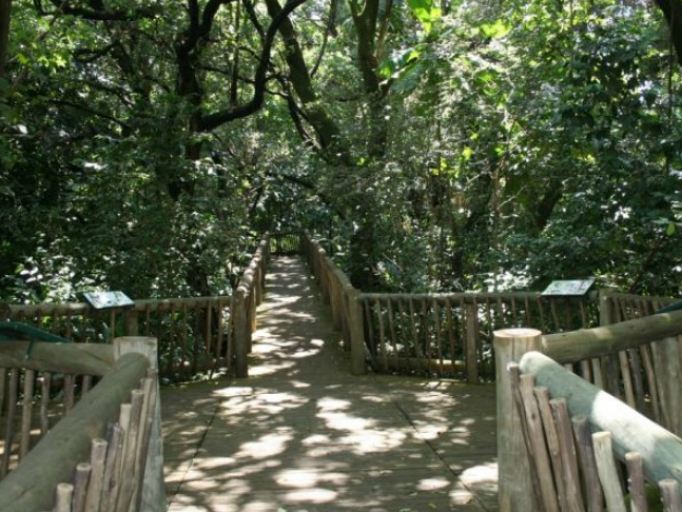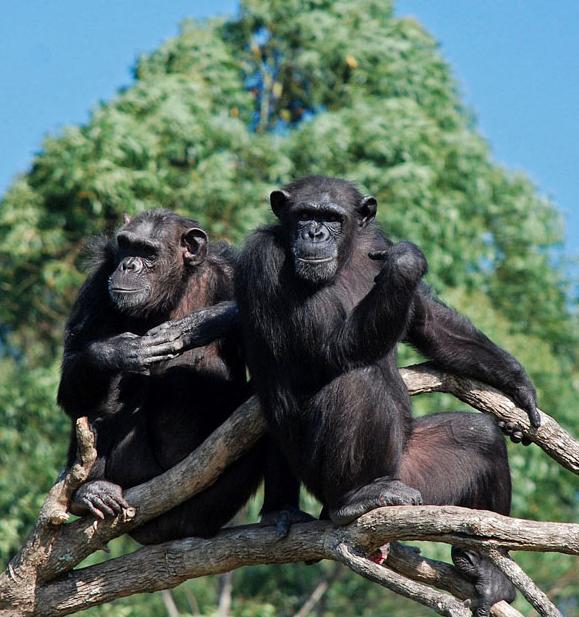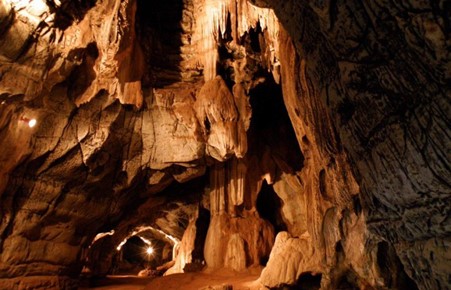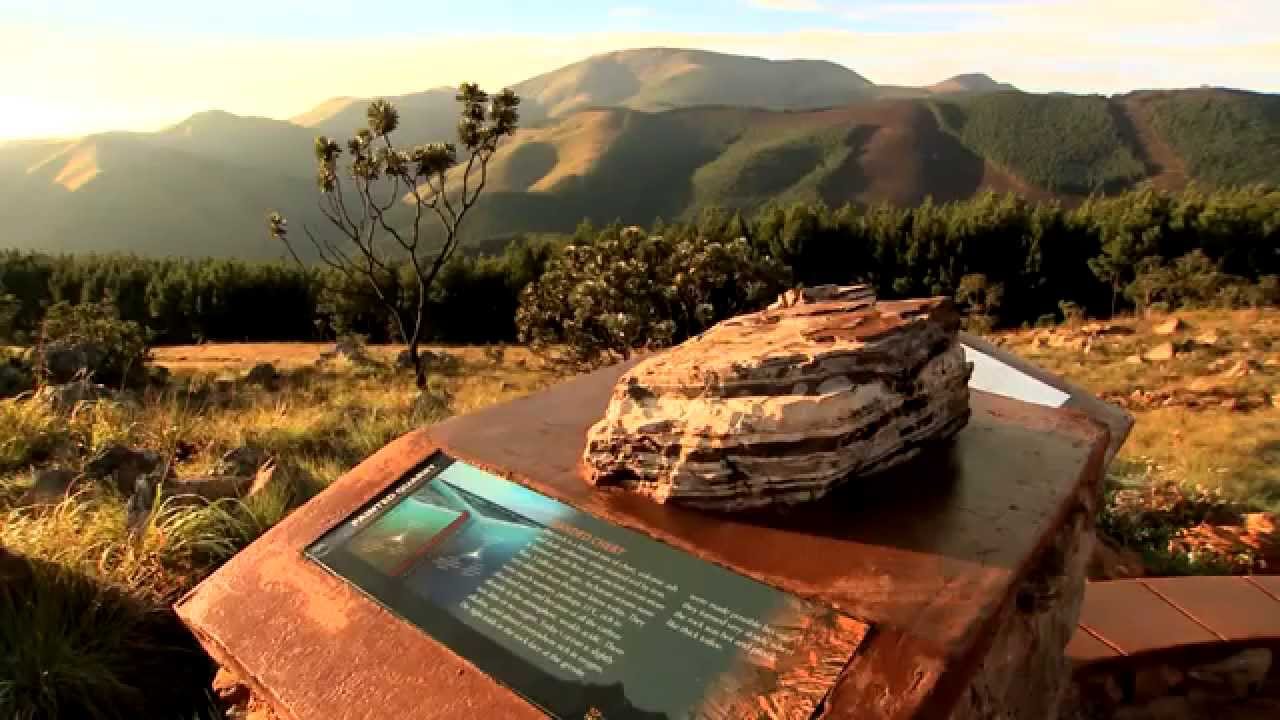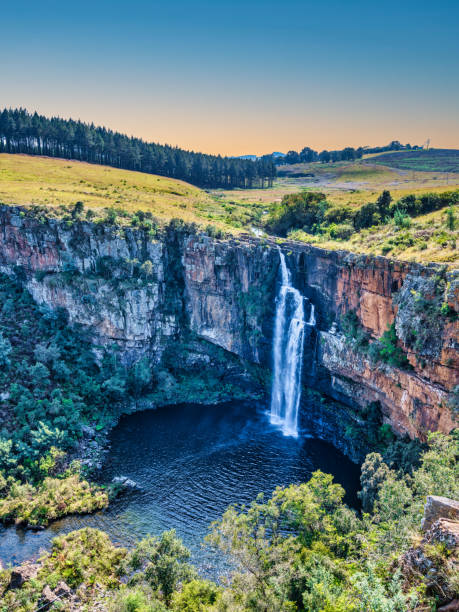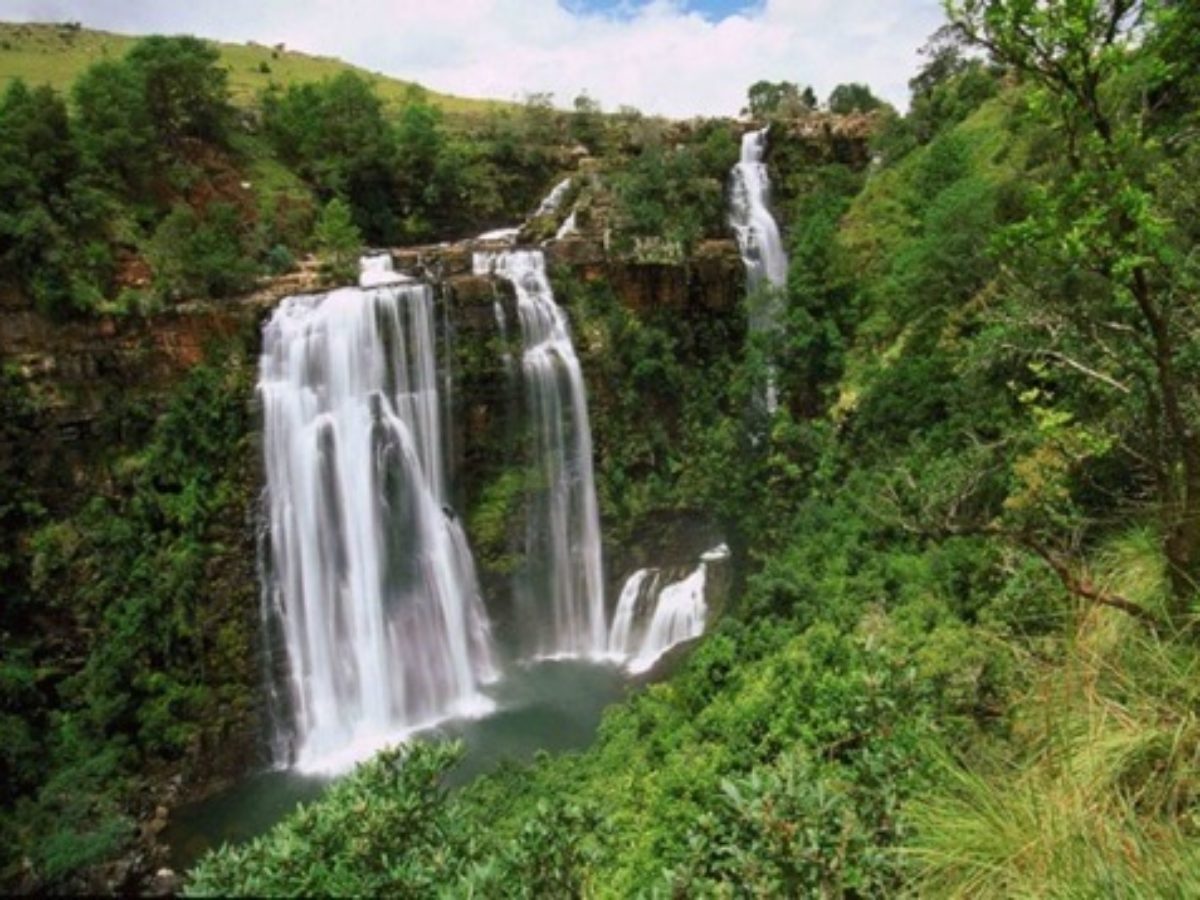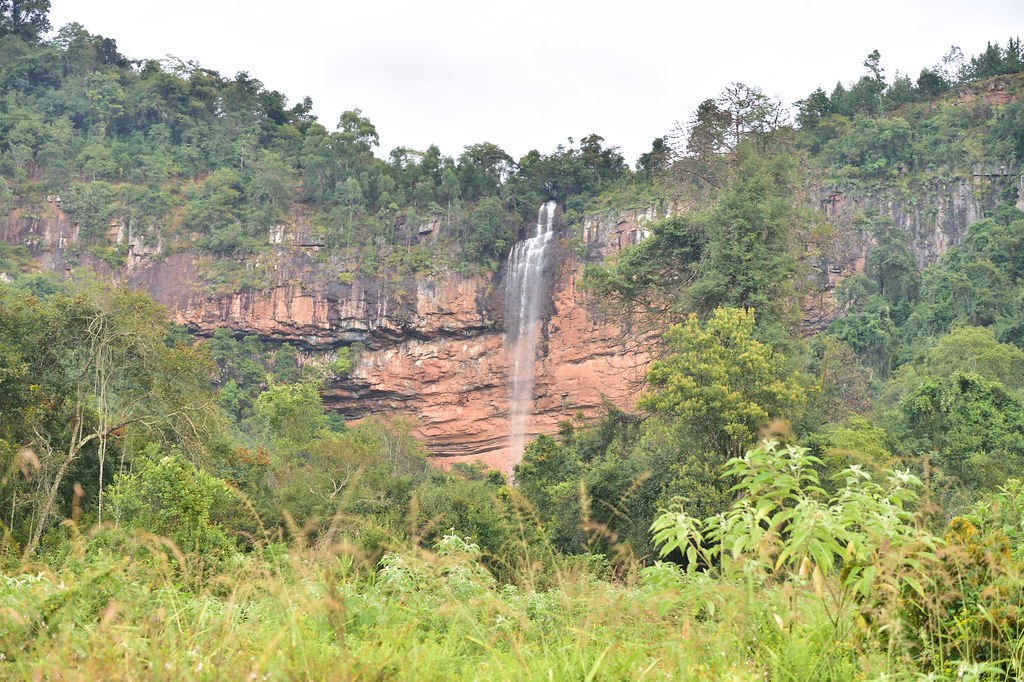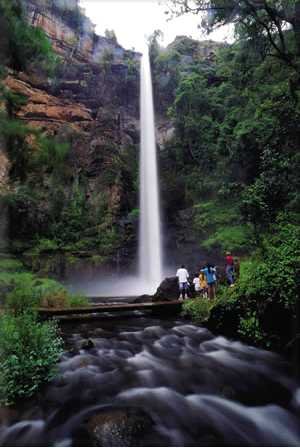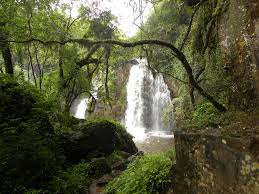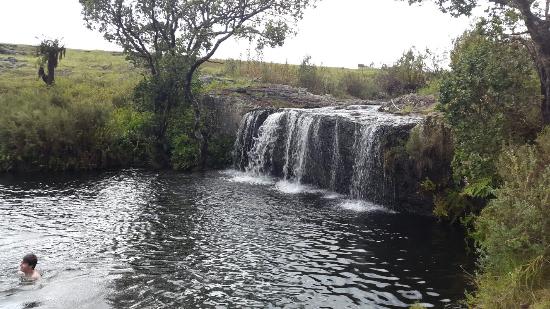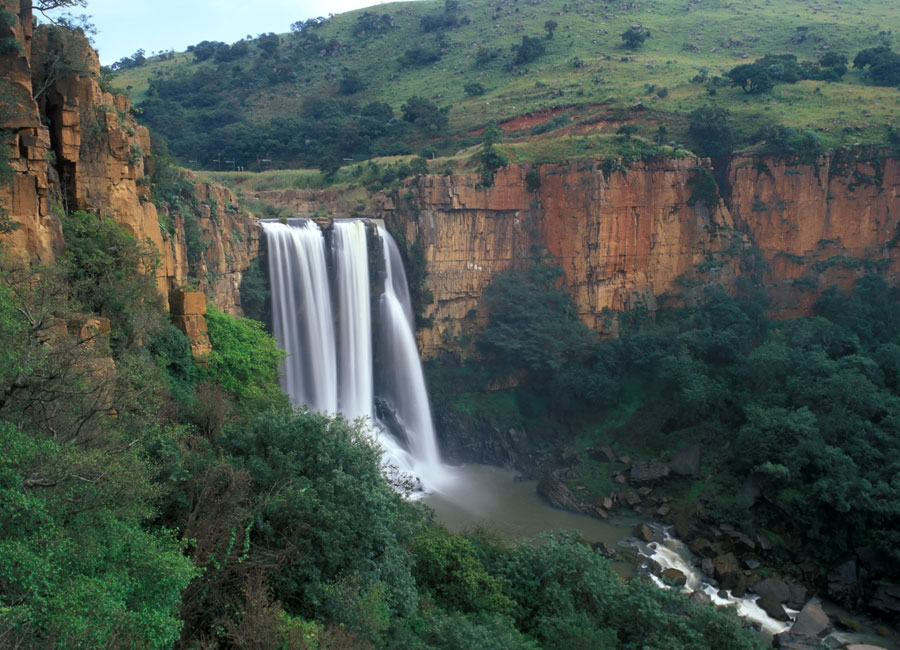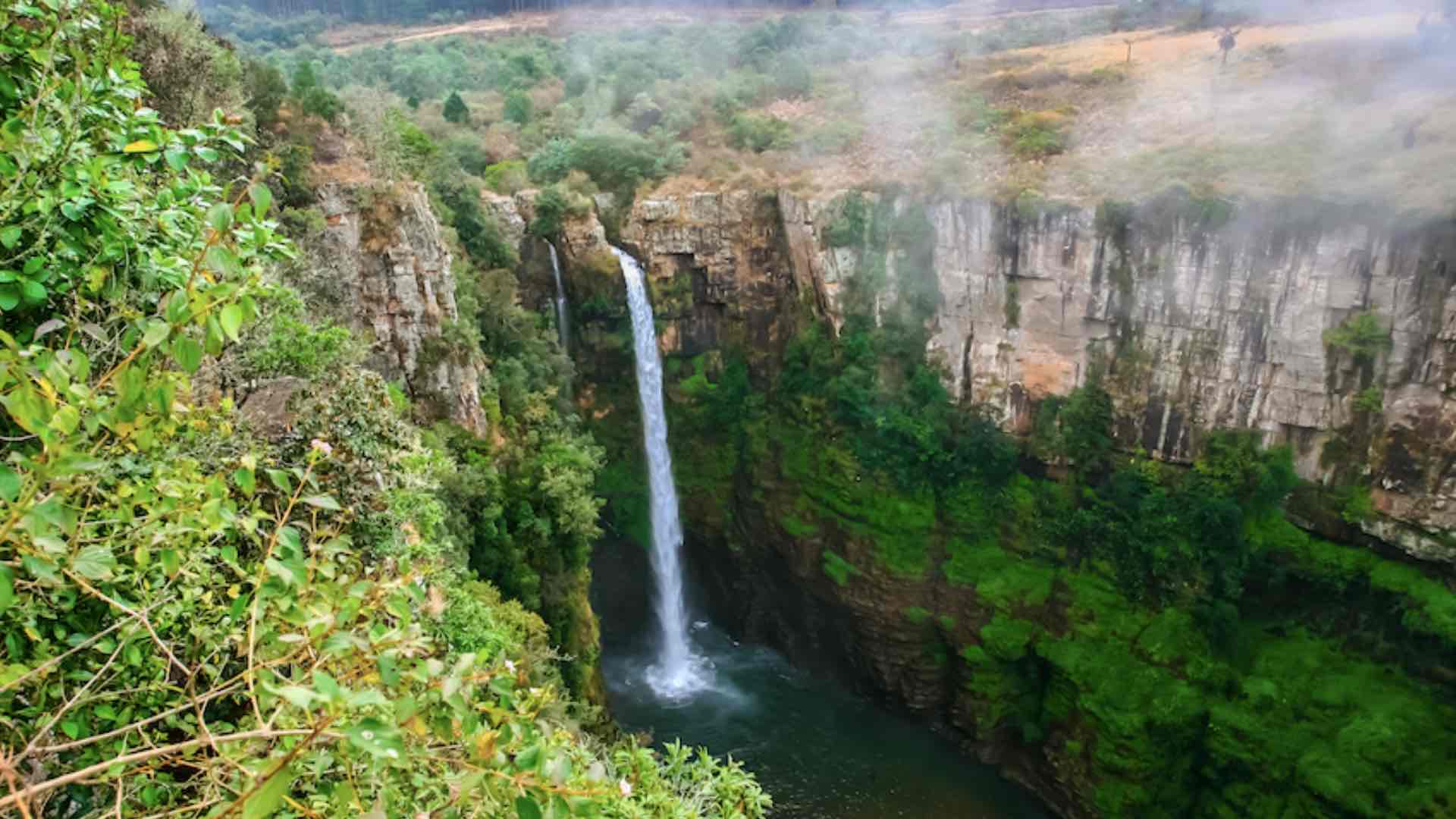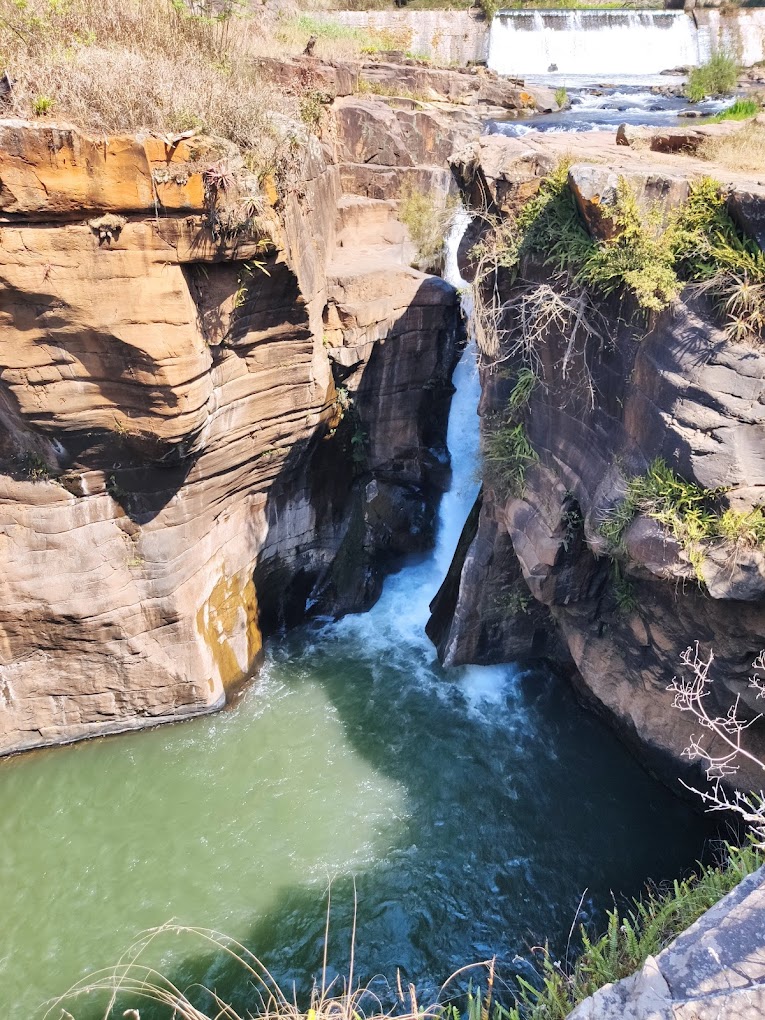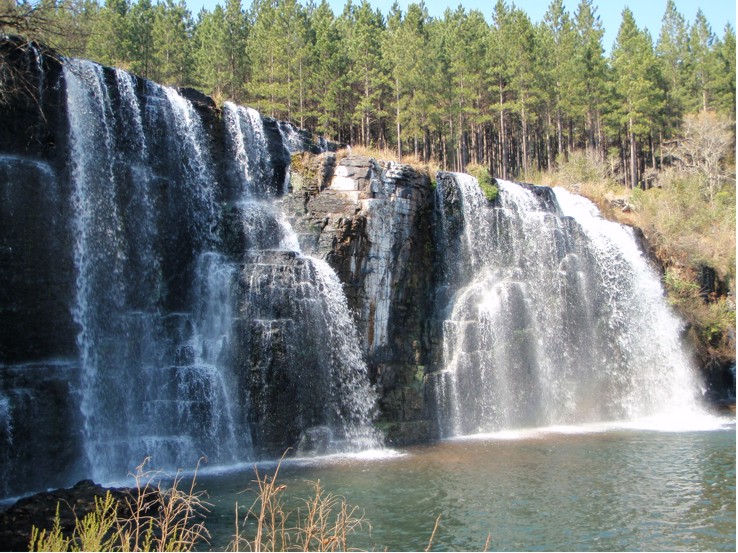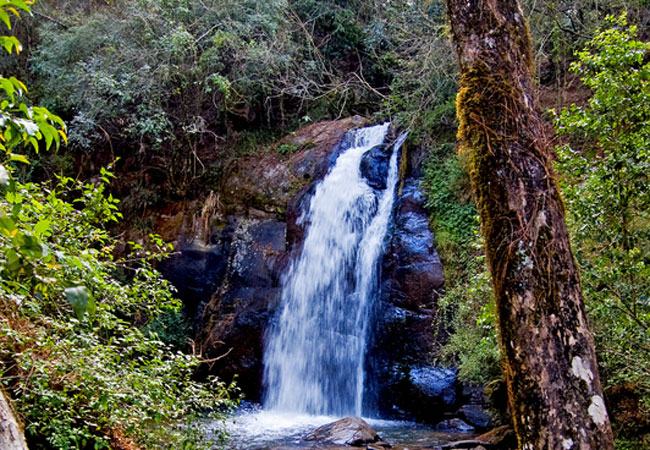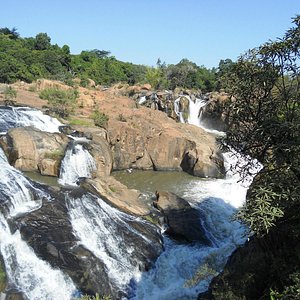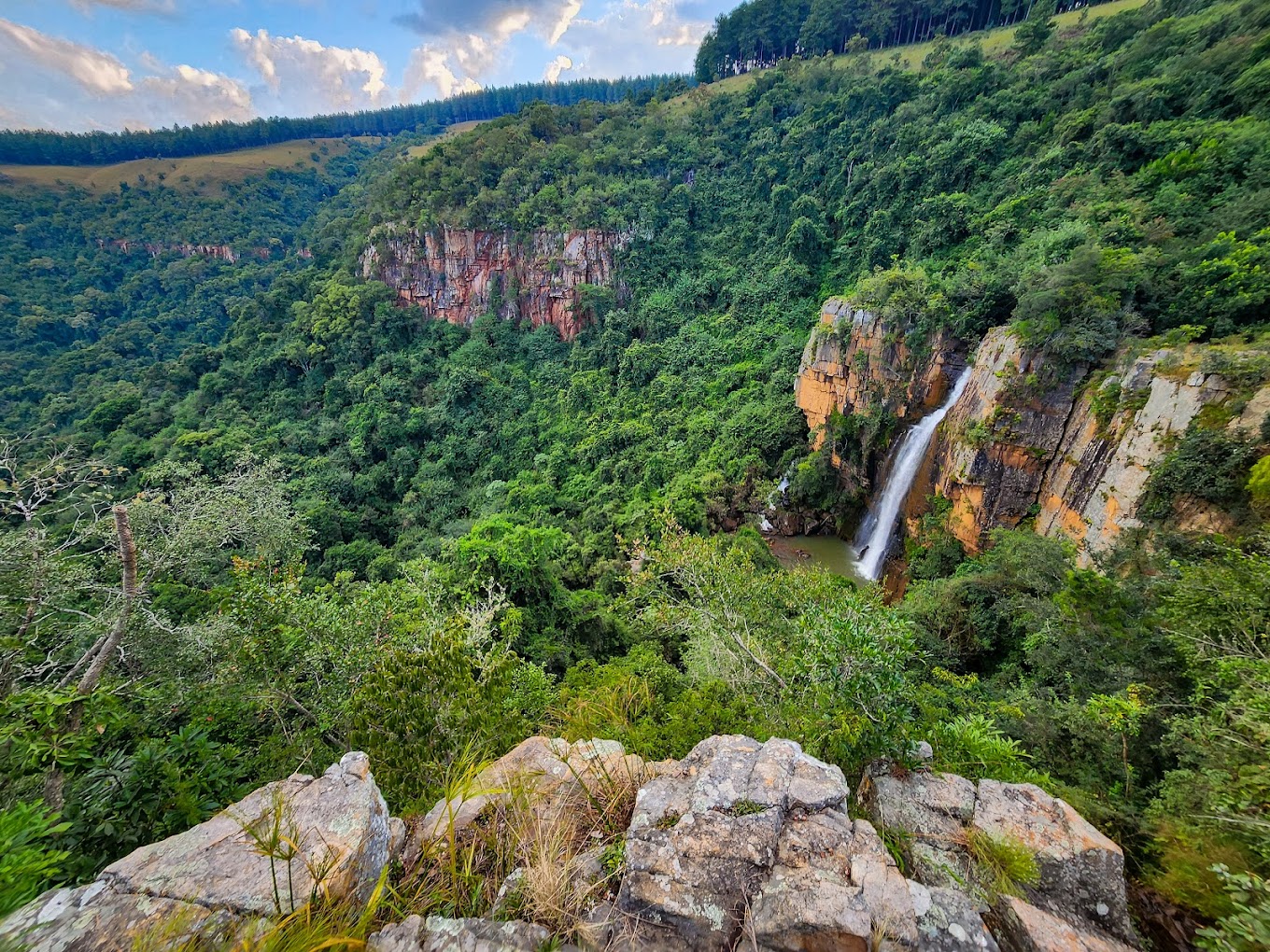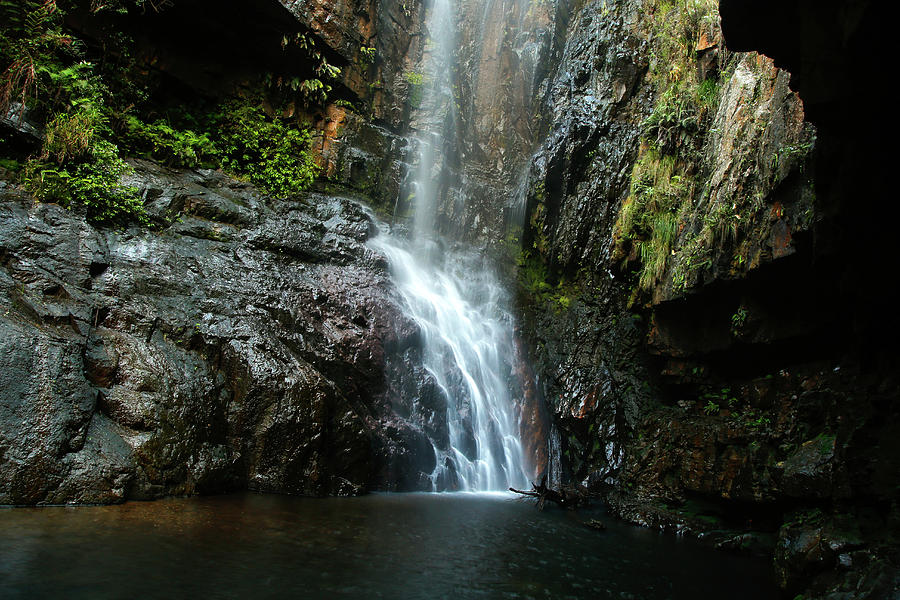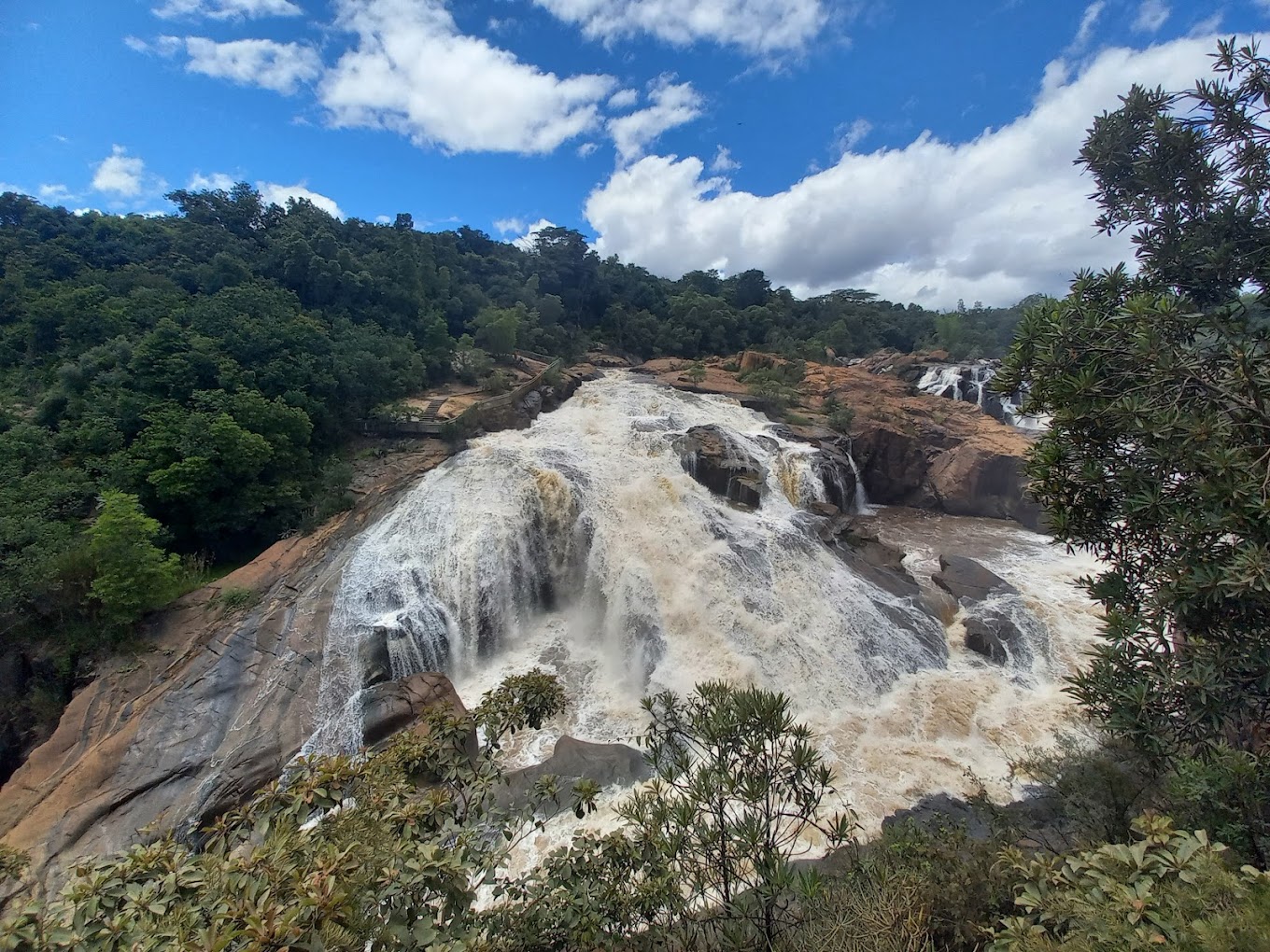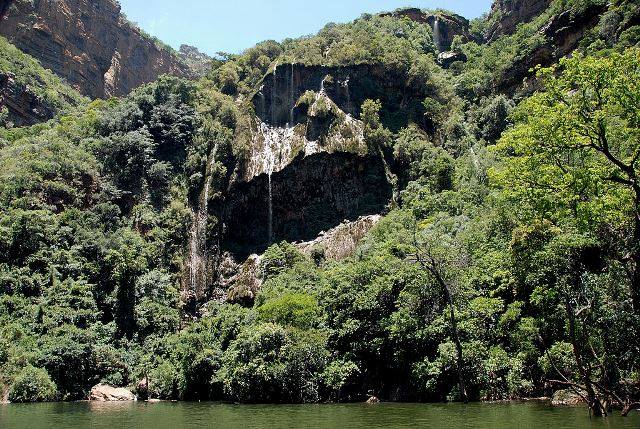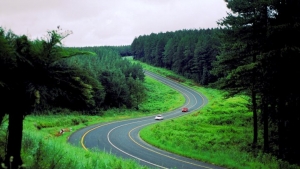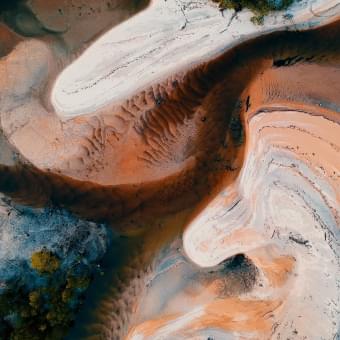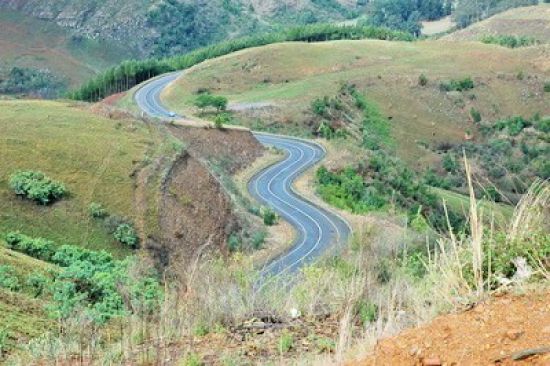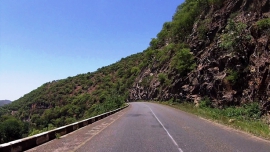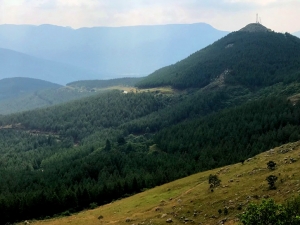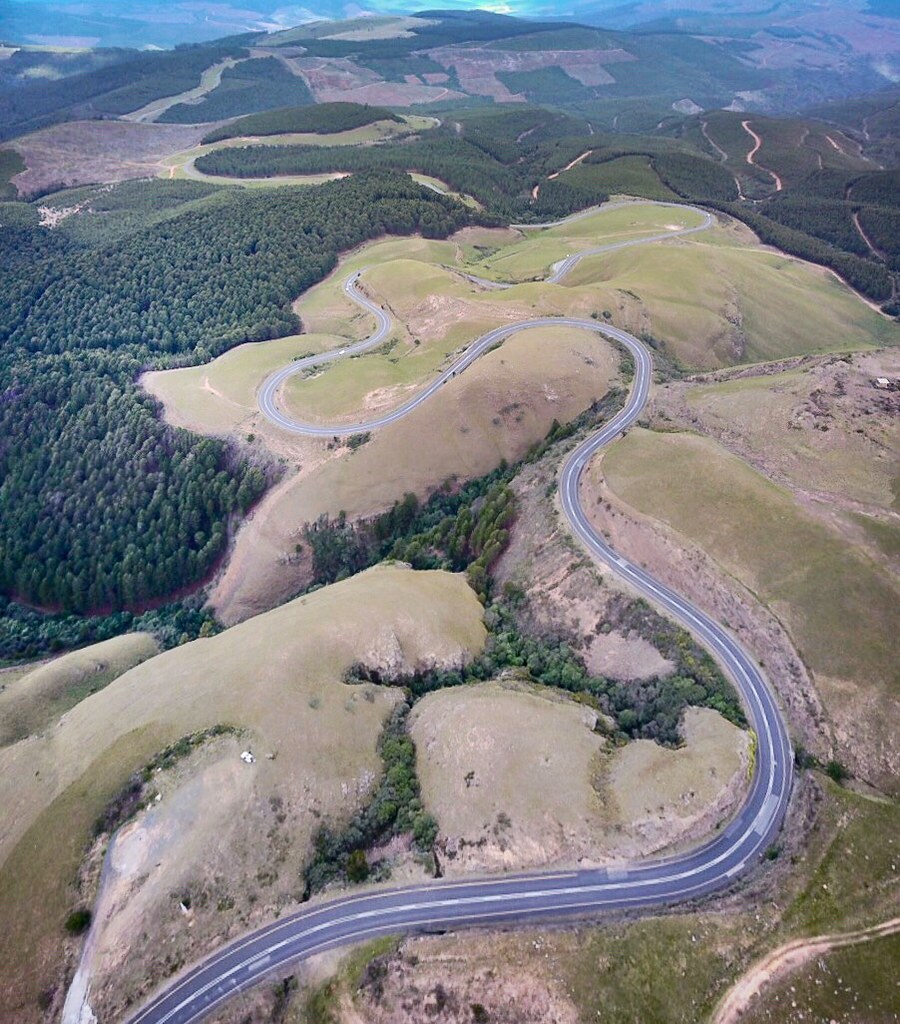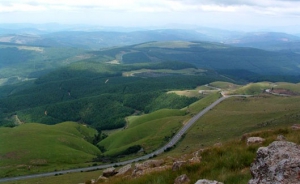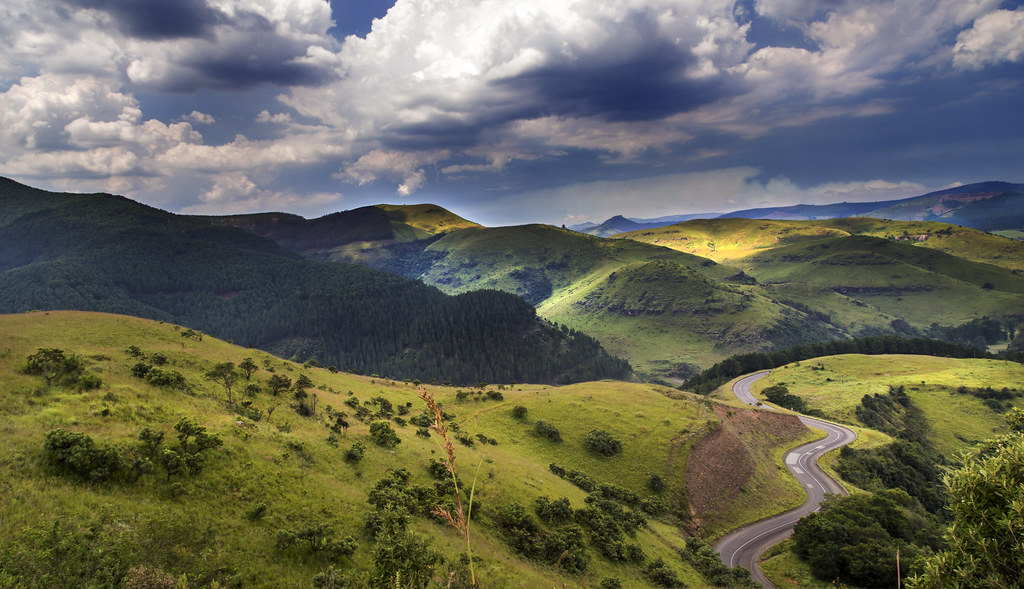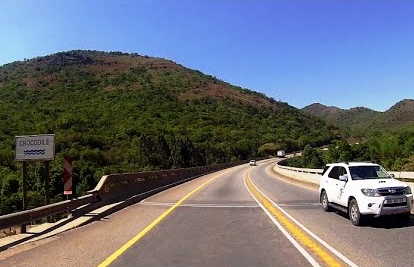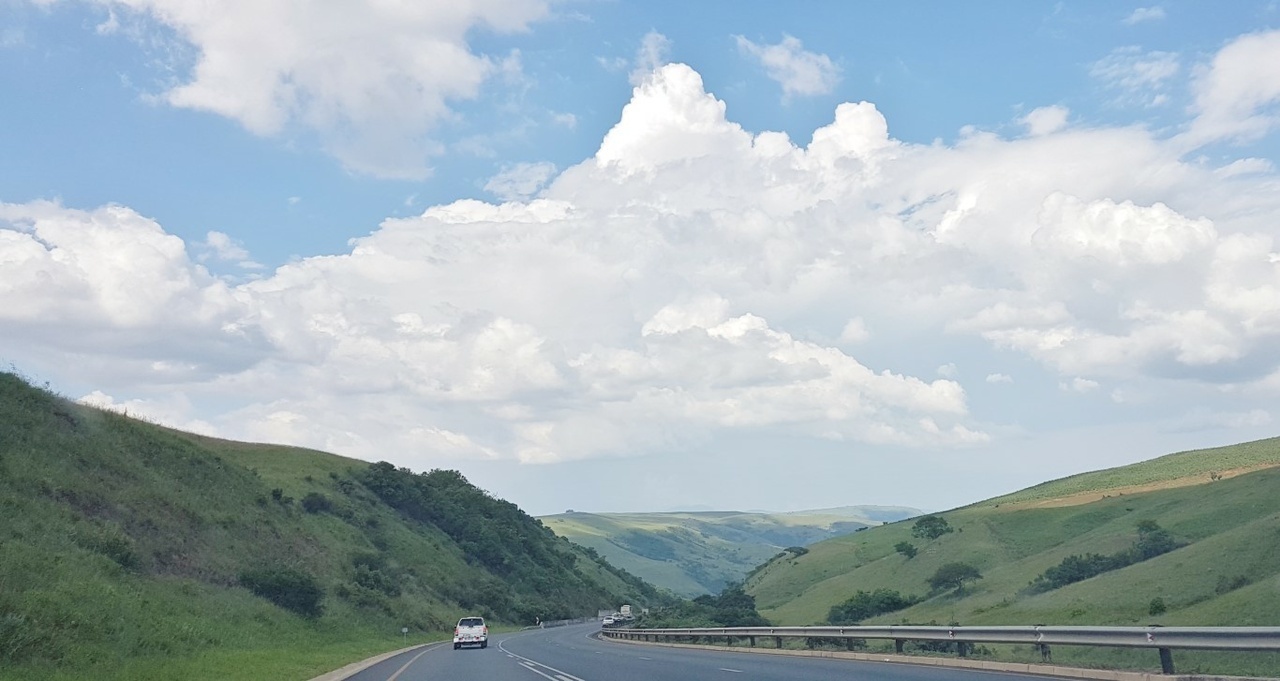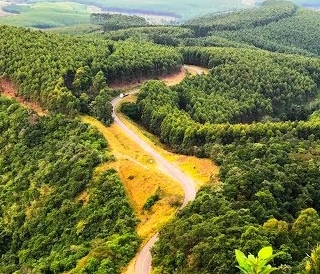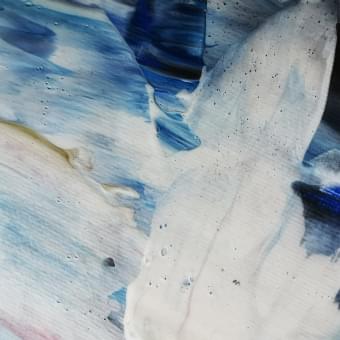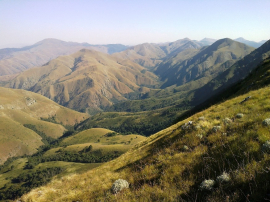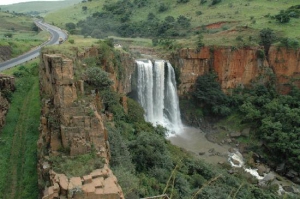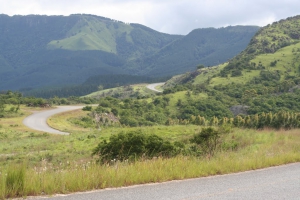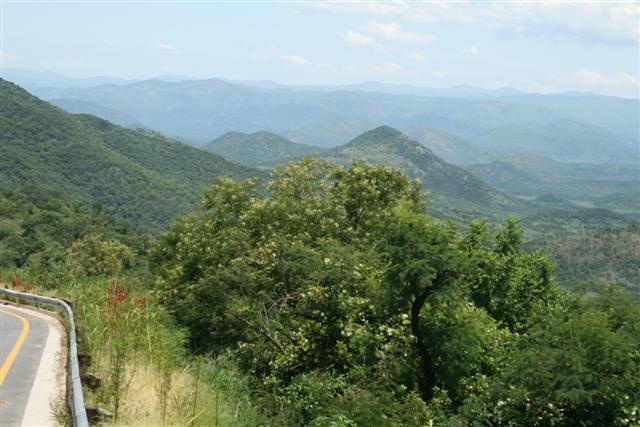Sudwala Caves
The Sudwala Caves are part of the Malmani Dolomite
Ridge, in turn part of the Drakensberg escarpment, near Nelspruit. They are solutional caves – that is to say they were formed by
natural acid in groundwater seeping through faults and joins, and dissolving
rock. This most often occurs when the rock is dolomite rock and/or limestone. The Sudwala Caves are formed in both: mostly in dolomite rock, as well as erid,
shale, conglomerate, chert and limestone.
Crystal Tour: Embark on an
epic underground adventure that takes you 2000m into the heart of the caves to the crystal chamber with its amazing array of sparkling aragonite
crystals.
A specialized tour for the adventurous, an organized
excursion that involves wading through water, crystal-tour scrambling up and
down rocks and crawling through small tunnels leaving you wet and dirty but
awestruck by the splendor and beauty of the crystals that surround you in the chamber.
The Sudwala zip line: The perfect adventure for anyone searching for the ultimate family friendly adrenaline rush.
Your adventure begins 150 meters above the Houtbosloop valley in the Mankele mountain range.
Sudwala Butterfly Effect Nature Garden has been developed as part of a long term conservation project to provide host plants and flowers specifically aimed at increasing our local butterfly, bee and antelope populations.
Butterfly and bee numbers have declined dramaticly in recent years due to an increase in agricultural activity, pesticides and habitat loss.
This project aims to educate and bring people and nature together.
